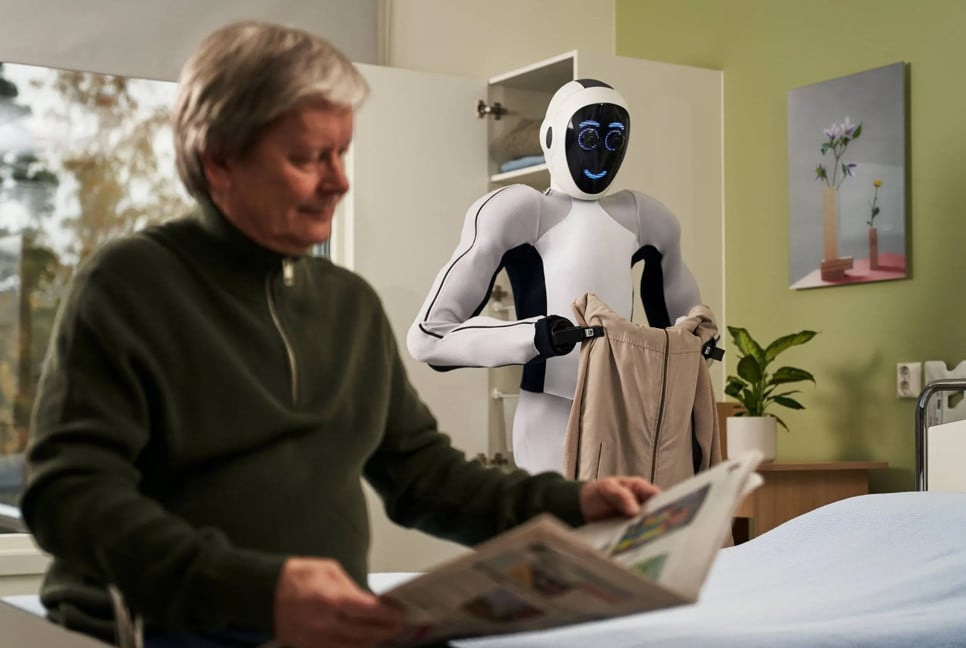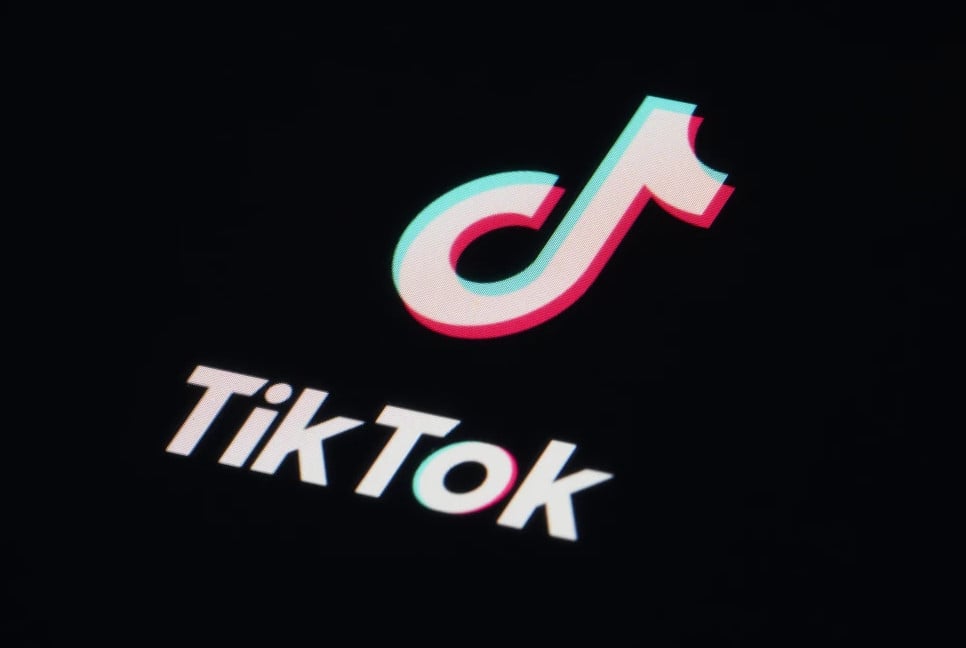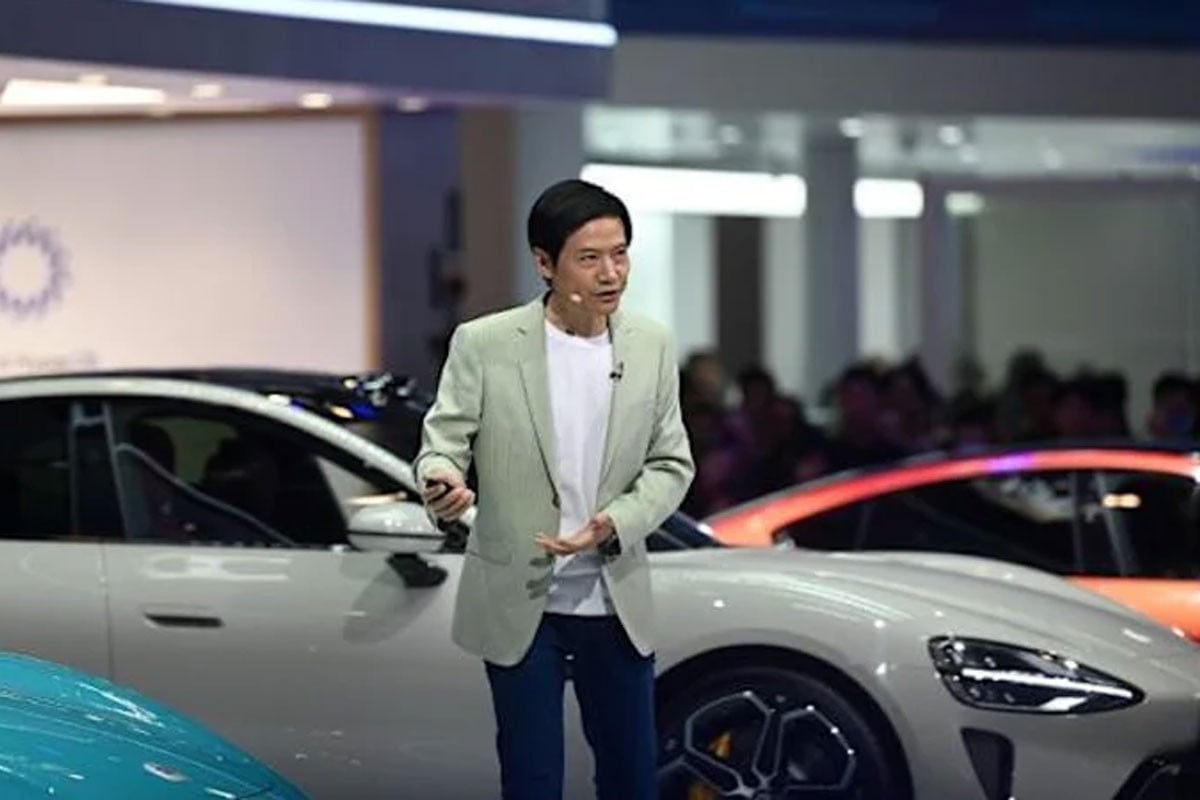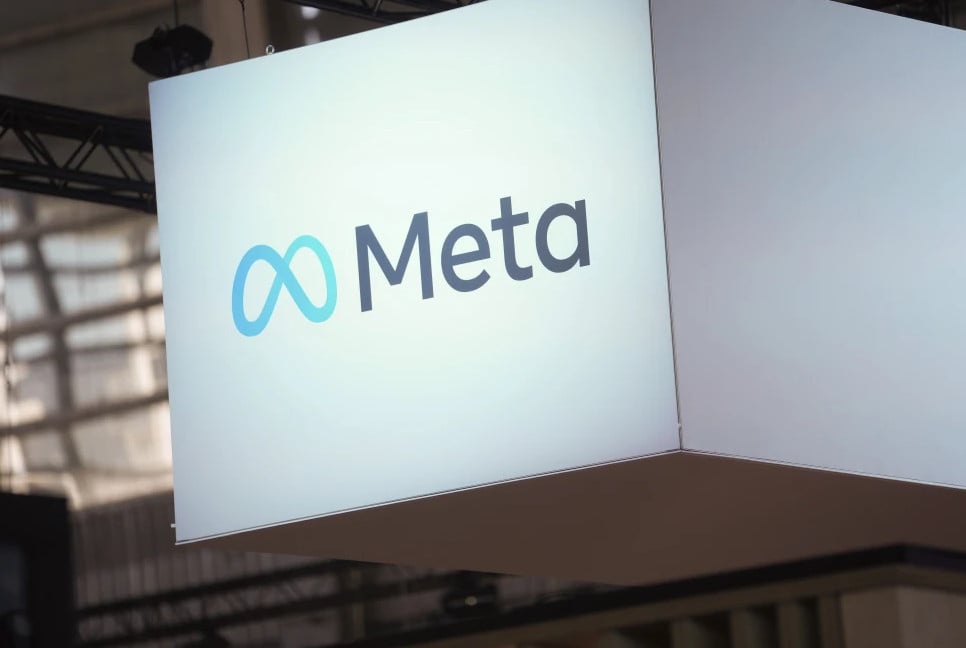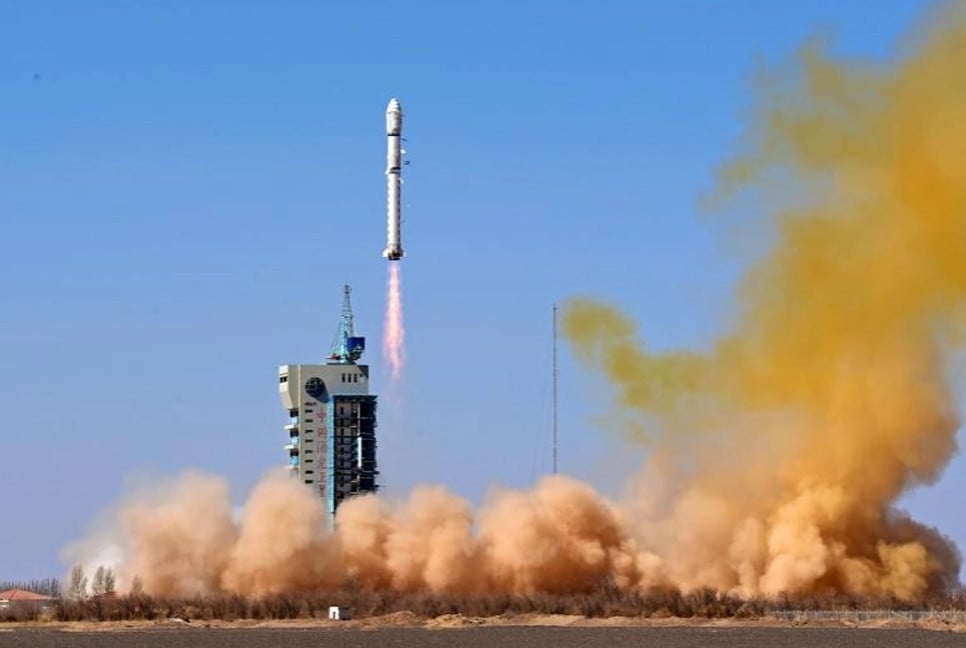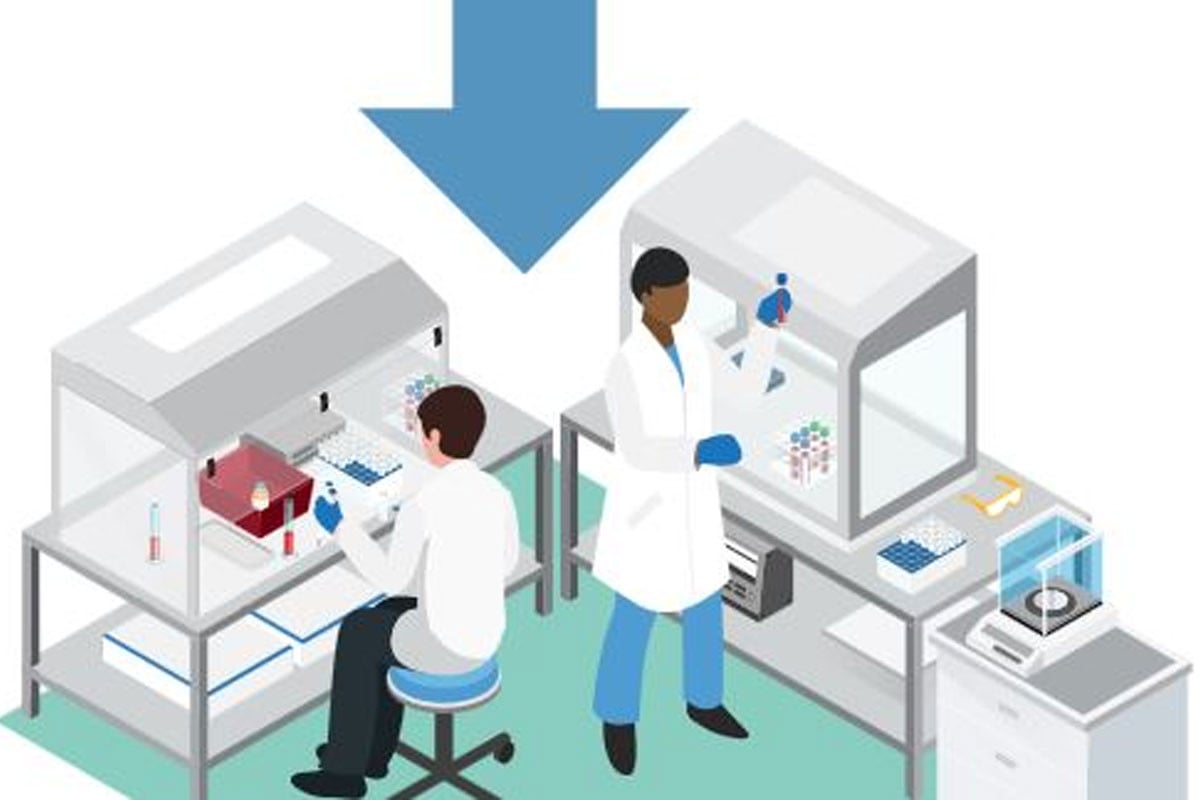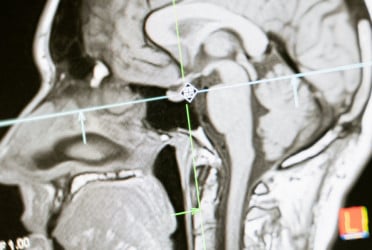1X, a Norwegian robotics firm, launched its latest home robot, Neo Gamma, on Friday. The humanoid prototype, designed for home testing, takes over from Neo Beta and can perform tasks like making coffee, doing laundry, and vacuuming, reports Techcrunch.
1X announces that the bipedal Neo Gamma robot is ready for limited in-home testing, marking its move beyond the lab. However, the company notes that it is still far from being ready for commercial release.
Unlike other humanoid robots, the Neo Gamma has a more approachable design, featuring a softer, friendlier appearance and a knitted nylon suit to minimize the risk of injuries during interactions with humans.
Neo Gamma enters a competitive field of humanoid robots from companies like Agility, Apptronik, Boston Dynamics, Figure, and Tesla. While companies like Figure have developed robotic systems for use in mock home environments, most have focused on deploying robots in warehouses and factories. 1X’s focus on home-use sets it apart from its competitors.
Home robots have struggled to gain traction, with robotic vacuums from companies like iRobot being the exception. The main challenge lies in the technology not yet being advanced enough to make significant breakthroughs in the market.
For home robots to succeed, they must be useful, reliable, affordable, and much safer than their industrial counterparts—particularly as the aging population grows. Independent living solutions for older adults are expected to become a key focus for home humanoid robots in the future.
Along with a softer shell, 1X points to advances in the Gamma’s on-board AI system as a key element in designing a safer robot. These systems need to be extremely aware of their surroundings so as to avoid causing potential harm to people or property. Teleoperation is an important part of the safety conversation, as well. While full autonomy is the end goal for most, it’s important that humans be able to take control of the system in a pinch, especially in the home.
Beyond its unique focus, 1X first crossed the radar of many in the industry when OpenAI was announced as an early backer. For many, the notion of embodied intelligence — AI with a physical presence — is the next logical step for the white-hot world of generative AI. OpenAI has since hedged its bets in the humanoid space, with both an investment in a competitor, Figure, as well as numerous rumors surrounding the ChatGPT maker’s own in-house robotics ambitions.
Generative AI has an important role to play with humanoids, including the creation of more natural person-to-robot language interactions. Much like Figure, 1X has been building its own in-house models designed to improve both the robot’s speech and body language. It’s unclear how many of Gamma’s new and improved features are a result of the company’s work with OpenAI or its January acquisition of Bay Area startup, Kind Humanoid.
1X has not revealed how many Neo Gammas have been produced or will be produced during the beta phase. The product videos released alongside Friday’s launch should be seen as a demonstration of how one of Neo's robots could potentially function in a home environment. While humanoid robots are beginning to move past the pilot phase in industrial applications, there is still a significant gap in terms of cost, reliability, safety, and functionality before these systems can be seriously considered for use in homes.
Bd-pratidin English/ Afia

